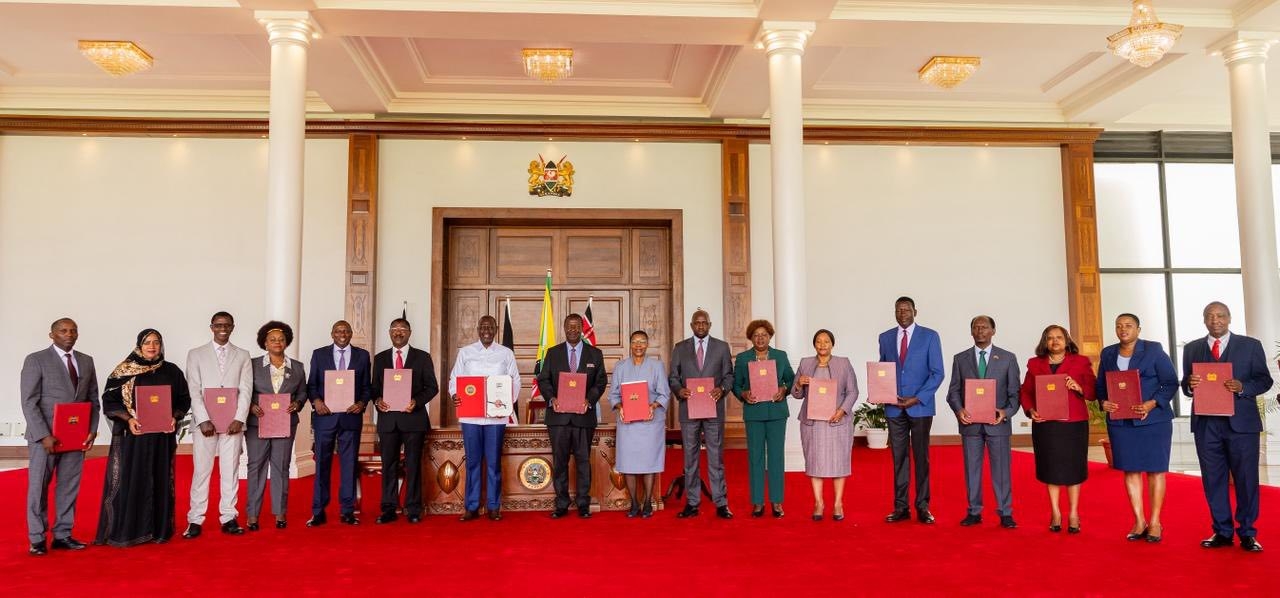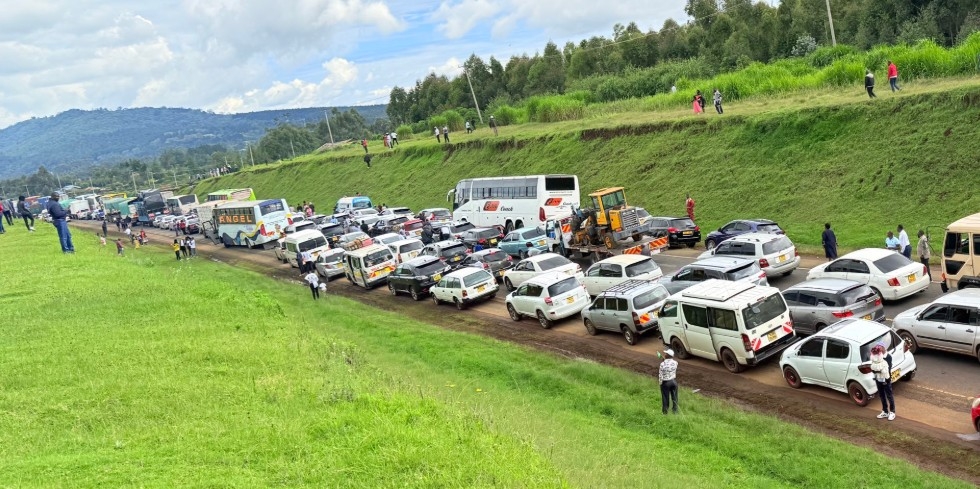Fifteen years ago, Cheptais Forest in Bungomqa county provided the perfect hideout for the dreaded rebel group Sabaot Land Defence Forces.
The conflict intensified in 2006 when the government deployed security forces to flush out the criminals from the forest.
Thousands of residents had fled their homes as SLDF attacked civilians, killing, raping and mutilating them in a complex conflict that was attributed to land disputes, criminality and struggles for local power.
In May 2008, top commanders of the outlawed group were killed in a security operation, among them SLDF leader Wycliffe Matakwei, spokesman John Kanai and their close family members.
During a joint operation by the Kenya Defence Forces and the police, hundreds of men and boys were rounded up, tortured and detained.
Residents supported the operation against the SLDF but were horrified and traumatized by the way it was carried out.
Today, the caves where SLDF militants hid still stand, revealing the deadly operations that went on then.
Cheptais Forest provided the perfect place for the rebels to hide. This scared away wildlife from the area.
But even as the security forces battled SLDF, sections of the forest had been encroached on. Crops such as potatoes were being grown.
"The area is very fertile. If you plant one acre, you could harvest 20 bags," Mary Naimwa, a local, said.
Today, Naimwa cannot hide her joy following successful reclamation of the forest. She said the residents are happy.
People from as far as Uganda had come to the forest to plant potatoes. But this is no longer the case after a multi-agency team moved in to remove the encroachers.
Naimwa lauded the government for stepping up their efforts and saving the forest that harboured criminals.
Following successful reclamation, wildlife such as elephants and smaller animals have made a comeback.
The return of wildlife has been attributed to the diminishing human activities, which had frightened them.
Resident Jacob Kusero, a retired teacher, said they understand well the importance of the forest as they get water and other services from it.
"Before people came here, the forest was intact. There were huge trees. It is now open. Locals should work hand in hand with the government to conserve the forest," Kusero said.
He urged Kenya Forest Service to buy tree seedlings from the community forest association. "The forest should benefit both the community and the government," he said.
He said wildlife can now be seen as they had moved to places where the forest was still intact due to increased human activities. Forest destruction had interfered with water flow.
Bungoma county comprises nine subcounties and three forest stations. Subcounty foresters provide extension services while station forest managers are mandated to protect, conserve and manage state forests.
The forests are within the Mt Elgon ecosystem, which is one of the five water towers in the country, covering an area of about 124,760 acres.
Webuye hills forest, which is yet to be gazetted, has 988 acres.
Cheptais occupies 63,110.617 acres and is purely for conservation purposes. Kaberwa is 49,171 acres and Kaboywo 12,478.
There are low mountain forests, bamboo forests, podo, cedar zone and moorland.
Bungoma County Ecosystem Conservator Vitalis Osodo said Cheptais station has for a long time experienced serious forest degradation due to encroachment.
"This is in the areas of Chebombai, Chebwek, Kapkong, Kabero, Sasuri, Chesokwo, Meza, Banantega, Kapkwess and Kipsikrok, resulting in serious degradation of 9,884.2 acres of forest in the station," he said.
He said the trend has been going on where trees were cut to pave way for illegal cultivation. This, he said, prompted an operation to flush out the encroachers on June 19, 2020.
"The operation succeeded very well and without any resistance from the community where all those who were cultivating in the forest moved out voluntarily but left out shelters that were erected for protecting crops against wildlife damage," he said.
All structures were destroyed with patrols by KFS rangers taking place.
The areas that were recovered have also started regenerating. Osodo said 30 rangers are in operation.
"The aim of the operation was to deter illegal cultivators from getting into the forest. At the moment, we have reclaimed all the forest areas under illegal cultivation. The area has started healing with an upsurge of shrubs and grasses," he said.
Osodo said over 500 structures and over 1,000 onion seedbeds were destroyed.
"We have also managed to reclaim all the illegally cultivated forest area, stopped encroachment, illegal tree cutting and charcoal burning," he said.
Osodo said individuals trying to sneak into the forest have been arrested. He said the operation will continue until there is no further encroachment forest.
There are plans to rehabilitate the area by planting indigenous trees. The existing tree nursery will be expanded to provide at least one million seedlings annually.
KFS Chief Conservator of Forests Julius Kamau said the multi-agency team did a good job to reclaim the forest.
"After reclaiming the forest, we sustain patrols to ensure that there is no one coming back and that there is no interference from grazing, charcoal burning among other illegal activities," Kamau said.
He said communities near the forest are engaged in conservation. "In the long run, communities help us in restoration and protection of forest resources. They also get benefits such as income-generating activities like beekeeping and others," Kamau said.
Community forest associations will soon be formed in Cheptais for conservation and to promote ecotourism.
In Kenya, the concept has been embraced as participatory forest management. The Forests Act, 2005, recognises that local communities are key stakeholders in achieving conservation objectives.
User rights granted communities include collection of medicinal herbs, harvesting honey and timber or fuelwood, grass harvesting and grazing, collection of forest produce for community-based industries, ecotourism and recreational activities.
Kenya's current forest cover is 7.2 per cent, below the internationally accepted minimum of 10 per cent. The government intends to increase the cover to 10 per cent by next year, a move that will see two billion trees planted.
Edited by Henry Makori












